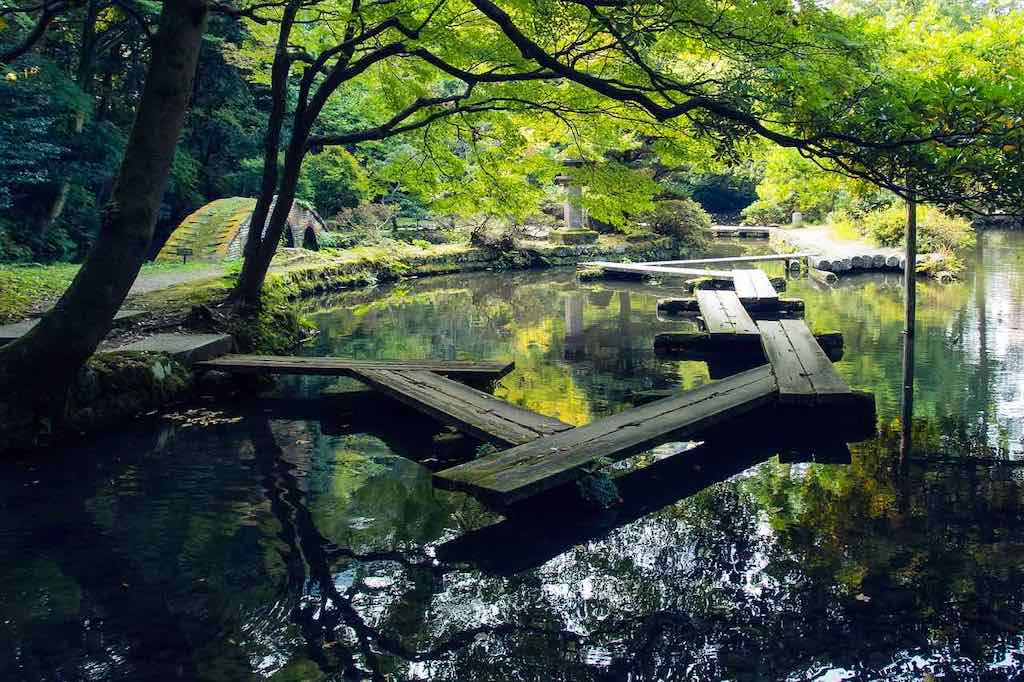Japan
Welcome to Japan ! A truly timeless place, where ancient traditions are fused with modern life as if it were the most natural thing in the world. Japan is a long and slender, highly volcanic archipelago. It’s over two-thirds mountains, […]
Welcome to Japan !
A truly timeless place, where ancient traditions are fused with modern life as if it were the most natural thing in the world. Japan is a long and slender, highly volcanic archipelago. It’s over two-thirds mountains, with bubbling hot springs at every turn and is incredibly easy to get around. You can do a whole trip using nothing but its immaculate, efficient public transport. The shinkansen (bullet train) network now runs all the way from the southern tip of Kyūshū (the southernmost of Japan’s major islands) up to Hokkaidō (its northernmost), and reasonably priced rail passes make it affordable. Major cities have subway networks that are signposted in English.
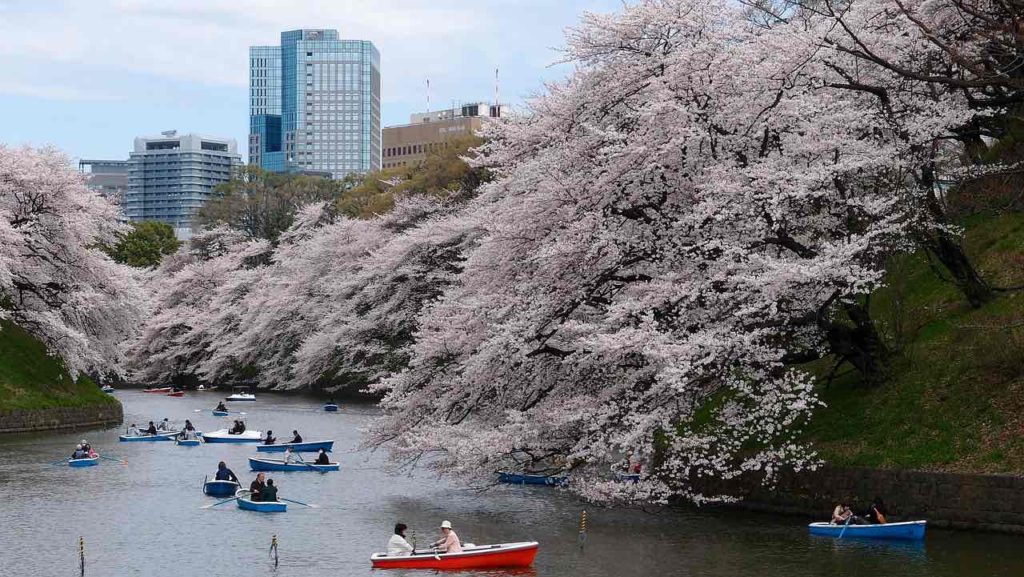
Tokyo
Tokyo is a city forever reaching into the future, pushing the boundaries of what’s possible, adding ever taller, sleeker structures. It’s Japan’s top spot for contemporary art and architecture, pop culture, shopping, drinking and entertainment. But more than any one sight, it’s the city itself that enchants visitors. Visit Electric Town (Akihabara) area to get your techie or geeky fix among the steel and glass skyscrapers. Then head to an ancient Buddhist or Shinto shrine, such as the Sensoji Shrine, the oldest temple in Tokyo. The Imperial Palace and the Museum of Modern Art, which sit next to each other, are another contrasting duo worth a visit.
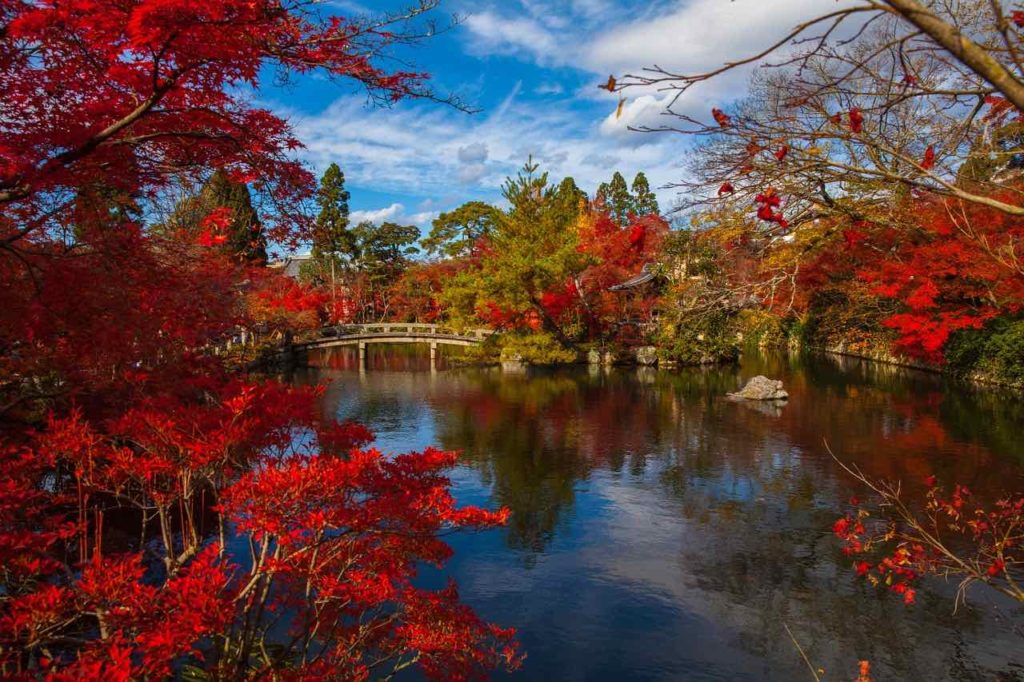
Kyoto
Kyoto, Japan’s imperial capital for a thousand years, oozes quiet charm and is home to a long list of UNESCO World Heritage Sites. Must-sees sights include the Byodo-in Temple, featured on the 10 yen coin, the vast samurai Nijo Castle. and the monumental, Kinkaku-ji, an exquisite pavilion sheathed entirely in gold leaf. The Arashiyama Bamboo Forest is one of Kyoto’s most stunning sights and one not to be missed. So are the thousands of orange-red torii gates at the Fushimi Inari Shrine.
For an unusual sightseeing experience, visit the entertainment district of Gion, where geishas walk the streets lined up with folk wooden houses. This is a great place to visit to experience ochaya (teahouses) and kaiseki ryori (traditional Japanese haute cuisine).
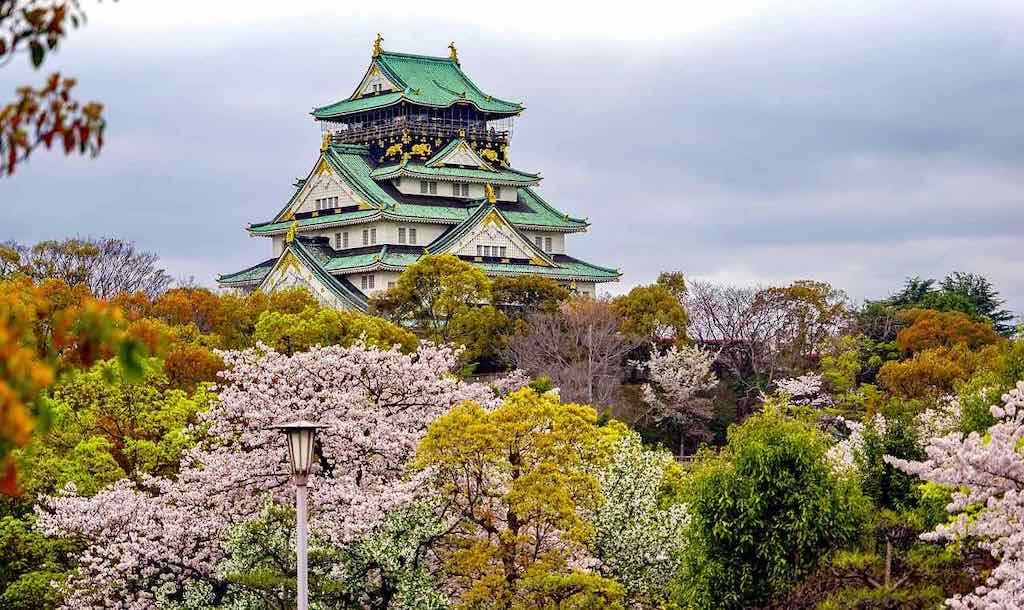
Osaka
Osaka, Japan’s third-largest city, is tops for street food. (kitsune udon or noodle soup with fried tofu is a staple here), and some of the best hip vintage wear and electronics shopping at better prices than Tokyo. Two not-to-be-missed stops in Osaka include the Open Air Museum of Old Japanese Farmhouses and Bunraku theaters, where you can see the ancient art of Japanese puppetry. Osaka Castle is another great spot to explore.
Osaka is also home to many onsen (thermal baths), which might feel like a spa but are actually a unique cultural experience worth trying out. It also has the most dramatic of nightscapes: a dazzling display of LED lights, animated signage and flashing video screens along the canalside strip Dōtombori. The city, Japan’s oldest merchant centre, has a pace, spirit and zest for life all of its own: it’s unofficial slogan is kuidaore (eat until you drop).
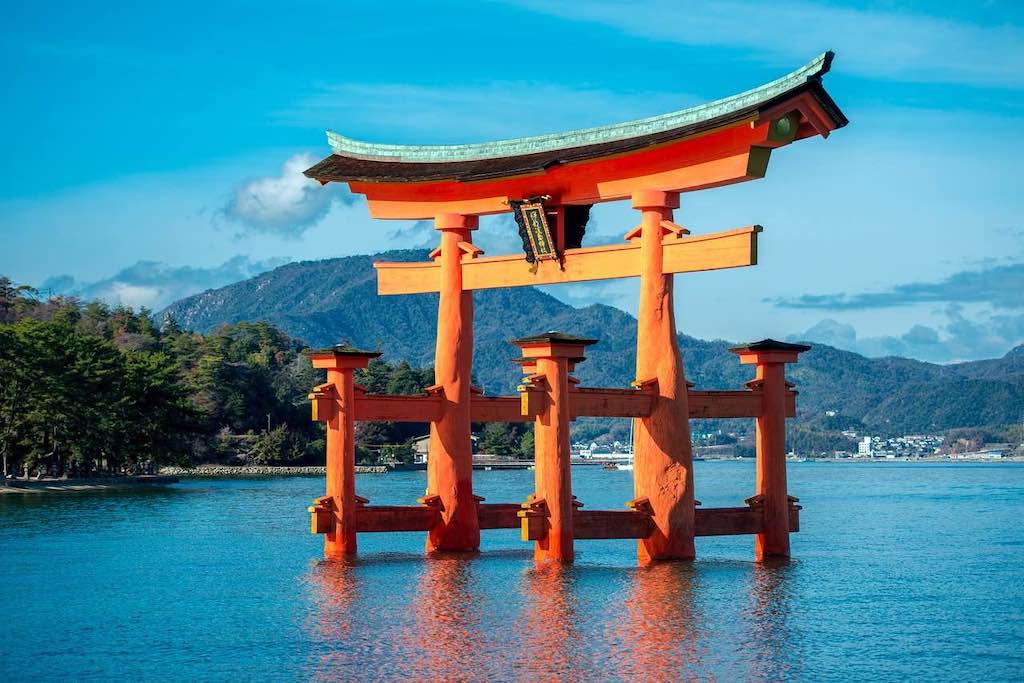
Hiroshima
Hiroshima today is a forward-thinking city with attractive, leafy boulevards. It’s not until you visit the Peace Memorial Museum that the true extent of human tragedy wreaked by the atomic bomb becomes vividly clear. A visit here is a heartbreaking, important history lesson and the park around the museum, much of which was designed by Japan’s great modernist Tange Kenzō, offers many opportunities for reflection.
Right in the heart of Hiroshima, you’ll also find the feudal Hiroshima Castle, covered in black lacquer and ornate wood. Home to a Samurai museum and a shrine, the castle is also popular for its weekly Samurai performances right outside the castle walls. A good day trip from Hiroshima is Miyajima Island, which can be reached via a picturesque ferry ride.
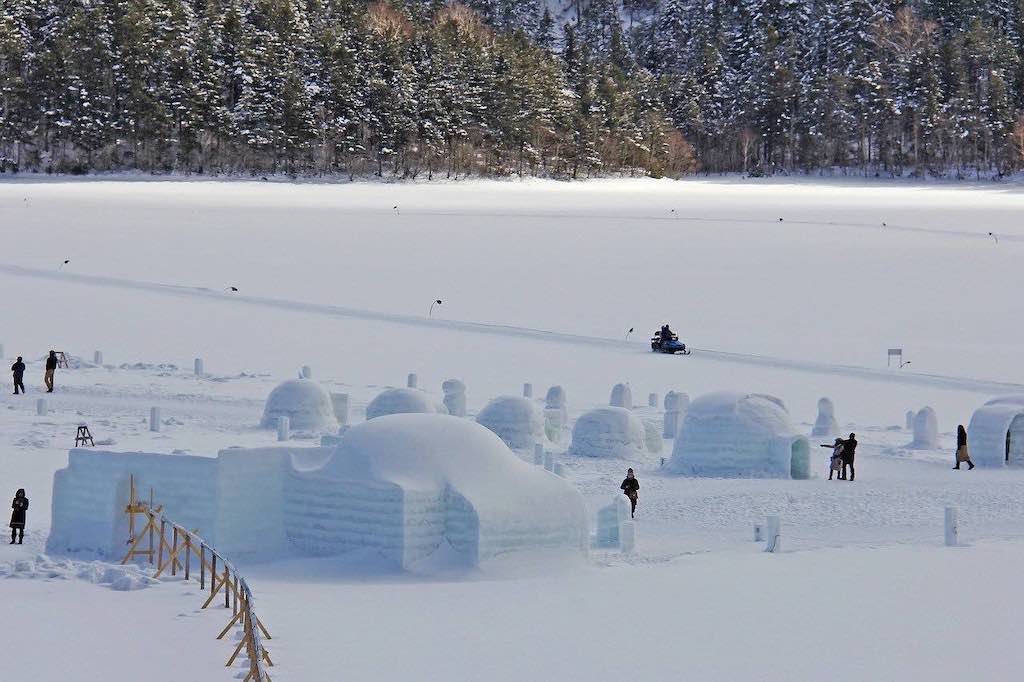
Sapporo
Sapporo is Japan’s best winter destination, known for its many ski resorts and the Sapporo Snow Festival at the beginning of February. The festival attracts ice sculptors from all over the country, who build massive ice castles and statues that are illuminated with colorful lights at night. For skiers, Sapporo – which was the host of the 1972 Winter Olympics – offers perfect powder snow conditions, over 1,000 kilometers of pistes, and numerous night-skiing facilities.
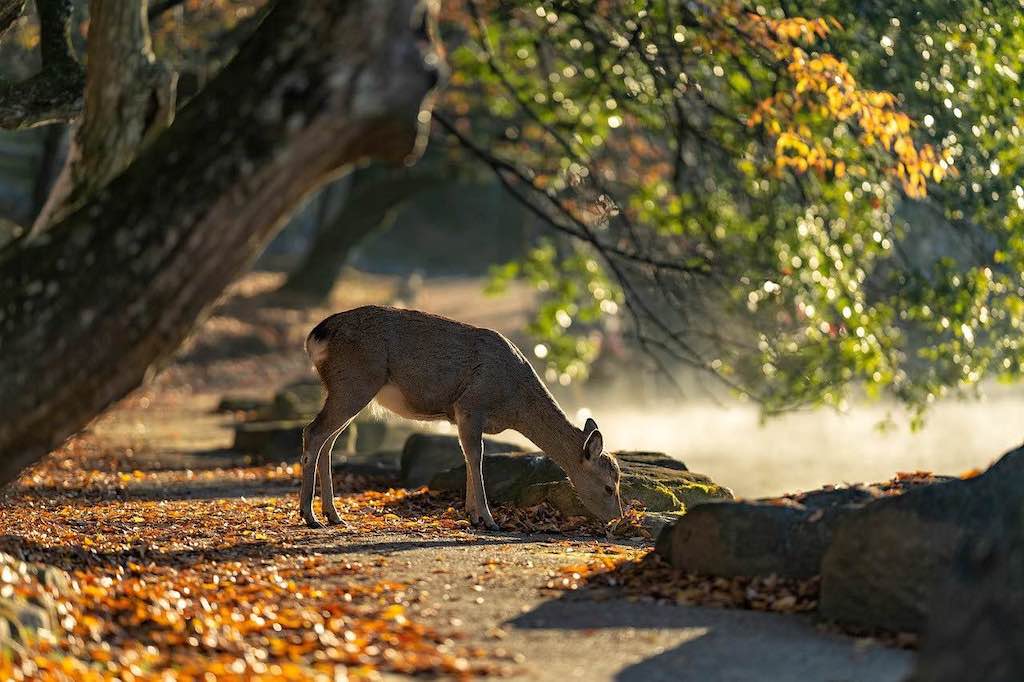
Nara
Less than an hour away from Kyoto on a high-speed train, Nara can easily be done as a day trip. the city is best known as the home of Nara Park, where over 1,000 friendly, curious deer roam freely and often approach people at close range. The deer have National Treasure Status and cannot be bothered or harmed in any way by park visitors.
Other attractive sights are Tōdai-ji Temple, which dates back to the year AD 752 and is a UNESCO World Heritage Site. The shrine is home to Japan’s largest bronze Buddha statue at 15 meters tall. The Todaiji Museum, near the entrance to the temple grounds, holds an impressive collection of Buddhist art. Another temple worth visiting is the 8th-century Kasuga Taisha, which you reach by walking on a lantern-lined path and If you’re up for some exercise, you can walk up 343 meters to reach the summit of Mount Wakakusa – during spring, this is the city’s top spot for sakura viewing.
Kanazawa
Kanazawa wasn’t bombed during WWII, therefore it has retained all of its ancient architecture, including the 16th-century Kanazawa Castle and the beautiful gardens surrounding it. At the foot of the castle sits the Nagamachi Samurai district, where you can get a glimpse of the ancient lifestyle of samurai and their families.
On the other side of town, the Higashi Geisha District still preserves the chaya or teahouses where geishas used to entertain the wealthy centuries ago. Here, visitors can stop by the Ochaya Shima Museum to understand how the geisha lived and visit the Gold Leaf Sakuda shop to grab a souvenir decorated with gold leaf, a traditional local craft. You can also try traditional wagashi sweets while sipping a cup of green tea at one of the working teahouses in the area.
When to go and weather
High Season (April, May & August )
- Cherry Blossom season (Late March to Early April).
- Golden Week (earlyMay) & O-Bon (mid-August) are peak travel periods.
- Cooler mountain destinations are more popular in August, which is also the month for many festivals.
Shoulder (June, July & September – November)
- June & July will kick off the hiking season in the Japan Alps, making it an excellent time to explore the outdoors
- Autumn foliage draws crowds during specific periods in October & November , depending on the elevation.
Low Season (Jun–Aug)
- This is the best time to enjoy the snow in Japan.
- Sights are not so crowded and accommodation is at the cheapest.
- The exception are the skiing resorts , where this is the peak season.
Fast Facts
Capital: Tokyo
Currency: Yen (US $1 = 114 Japanese Yen)
Language: Japanese
Recommendations: For details & to plan your holiday to Japan, please drop in a mail at [email protected] or call +91 9873 797960. It would be our pleasure to assist in creating this memorable trip for our valued clients.
Allow us Assist to You
Quick Links
Contact Us



